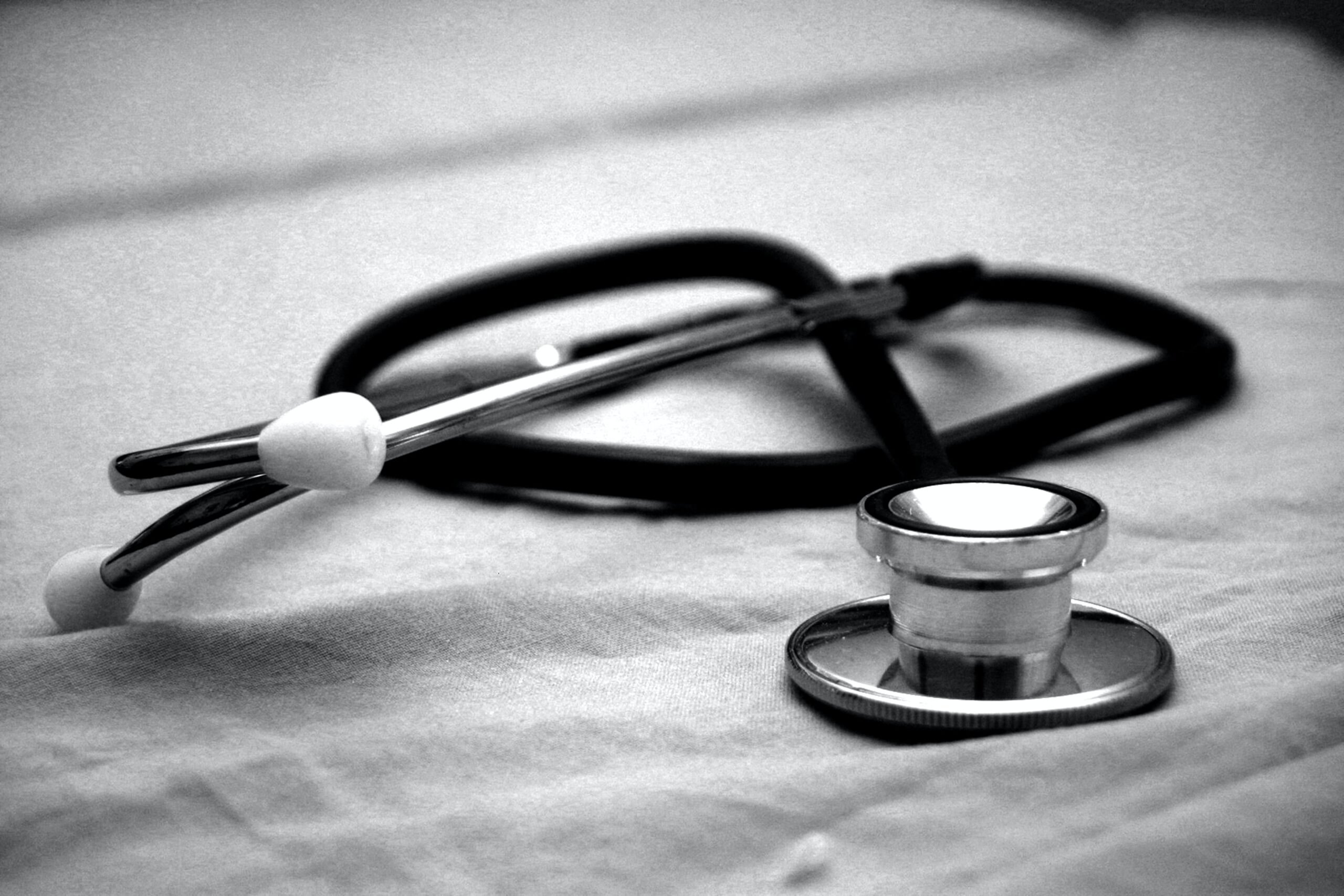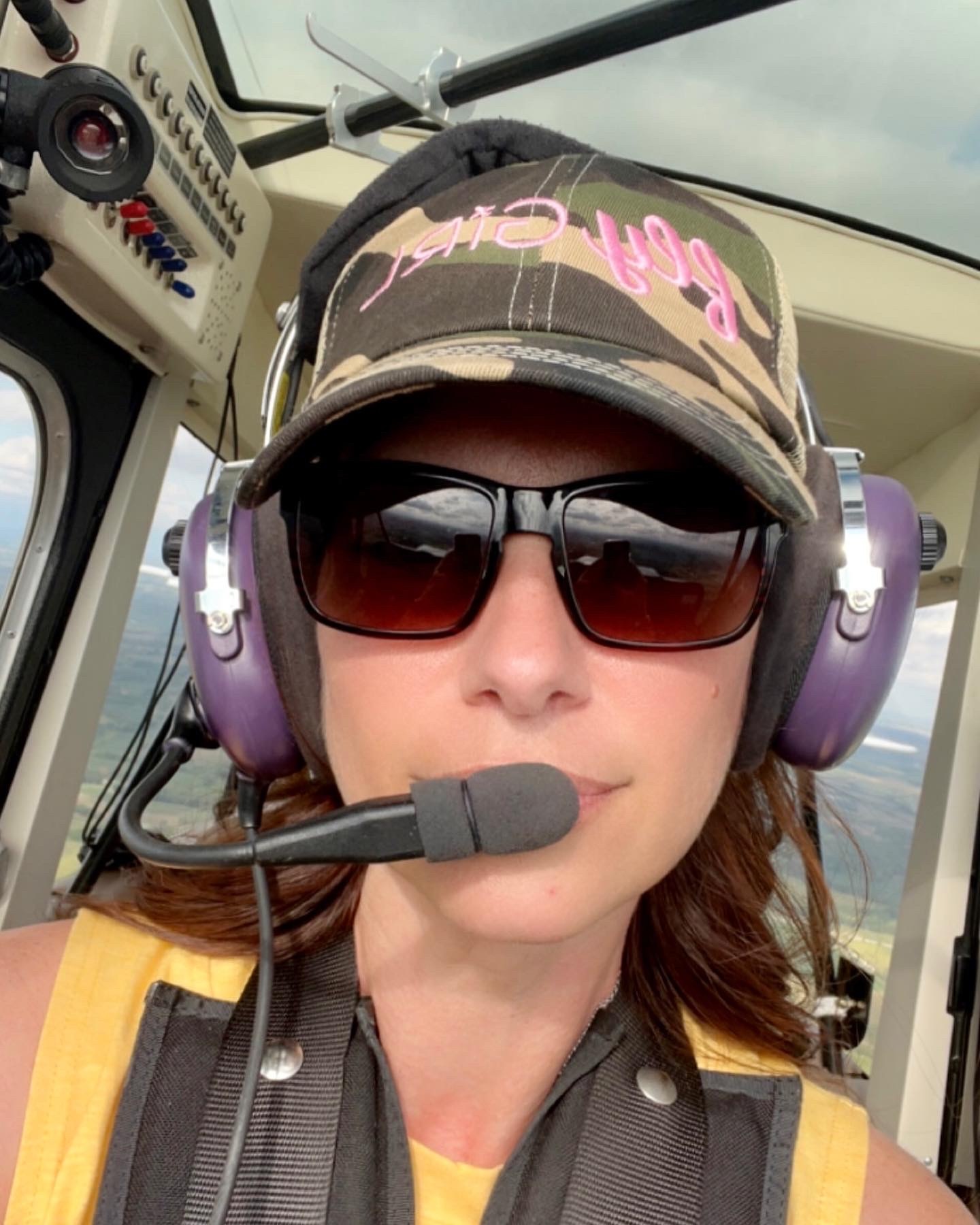
The Federal Aviation Administration (FAA) plays a crucial role in ensuring the safety and well-being of the aviation industry. One of the ways it accomplishes this is by regulating the medical certificates of pilots through various classes. The second-class medical certificate is a vital component of this system, catering to a specific category of aviators. In this article, we will delve into the details of the FAA second-class medical certificate, discussing its purpose, eligibility criteria, duration, renewal process, and implications for pilots.
Purpose of the Second-Class Medical Certificate
The second-class medical certificate is designed to assess the medical fitness of pilots who are operating under Part 61 or Part 91 of the Federal Aviation Regulations (FARs). While it is not as comprehensive as the first-class medical certificate required for airline transport pilots, it is still a critical component in ensuring the safety of flight operations. The certificate helps determine whether a pilot is physically and mentally fit to operate aircraft without endangering themselves or others.
 Eligibility Criteria
Eligibility Criteria
To obtain a second-class medical certificate, a pilot must meet specific eligibility criteria. These criteria include:
Age: Applicants must be at least 16 years old to be eligible for a second-class medical certificate.
Examination by an AME: Pilots must undergo a medical examination conducted by an FAA-authorized Aviation Medical Examiner (AME). The AME assesses the pilot’s overall health, including vision, hearing, and general medical conditions.
Medical History: Pilots are required to provide a detailed medical history, including information about previous illnesses, surgeries, and medications.
Disqualifying Conditions: Certain medical conditions can disqualify a pilot from obtaining a second-class medical certificate. These conditions include epilepsy, bipolar disorder, substance abuse, and more. The FAA has established guidelines for evaluating these conditions.
Duration of a Second-Class Medical Certificate
The duration of a second-class medical certificate depends on the age of the pilot at the time of examination:
Under 40 Years of Age: If a pilot is under 40 years of age at the time of the medical examination, the second-class medical certificate is valid for 12 months.
40 Years of Age and Older: For pilots aged 40 and older, the certificate is typically valid for 24 months.
It’s important to note that these durations are general guidelines, and specific cases may vary based on the individual’s medical history and conditions. Additionally, pilots who have a history of certain medical issues may receive a special issuance medical certificate with shorter durations.
Renewal Process
As the expiration date of a second-class medical certificate approaches, pilots must undergo a renewal process to continue flying legally. The renewal process involves another medical examination by an AME, similar to the initial application. Here are the key steps in the renewal process:
Schedule an Appointment with an AME: Pilots should schedule a medical examination with an FAA-authorized Aviation Medical Examiner.
Complete the Medical Examination: During the examination, the AME will assess the pilot’s overall health, including vision, hearing, and any changes in their medical history since the last examination.
Application Submission: Following the examination, the pilot must submit their application for a second-class medical certificate through the FAA’s online MedXPress system.
Review and Approval: The FAA reviews the application and medical examination results. If everything is in order, they will issue a renewed second-class medical certificate.
It’s essential for pilots to initiate the renewal process well in advance of their certificate’s expiration date to avoid any disruptions to their flying activities.
Implications of the Second-Class Medical Certificate
The second-class medical certificate has several implications for pilots and the aviation industry as a whole:
Safety: The primary purpose of the second-class medical certificate is to ensure the safety of flight operations. By assessing a pilot’s physical and mental fitness, the FAA helps prevent aviation accidents caused by medical conditions or impairments.
Access to Certain Privileges: Holding a second-class medical certificate grants pilots access to certain privileges, such as acting as pilot-in-command (PIC) in various general aviation aircraft and conducting commercial operations.
Potential Career Opportunities: For aspiring professional pilots, the second-class medical certificate is a stepping stone. It allows them to gain valuable experience and build flight hours, which are essential for pursuing careers in commercial or airline aviation.
Medical Disqualifications: Pilots who develop disqualifying medical conditions during the validity of their second-class medical certificate may face the prospect of losing their flying privileges until they can obtain a special issuance medical certificate.
The FAA second-class medical certificate serves as a critical component of the aviation safety framework. It ensures that pilots who operate under Part 61 or Part 91 of the FARs are physically and mentally fit to do so. The certificate’s duration varies based on age, with renewals required to continue flying legally. While the second-class medical certificate imposes certain restrictions and responsibilities on pilots, it also opens up opportunities for pursuing careers in aviation and contributing to the safety of the skies. Pilots must take their medical examinations seriously, stay up-to-date with renewals, and be aware of any changes in their health that may affect their certification. Ultimately, the second-class medical certificate underscores the FAA’s commitment to maintaining the highest aviation safety standards.

Karey grew up and obtained her in private pilot’s license in Central Iowa. She fell in love with tailwheel aircraft during her primary training and obtained a tailwheel endorsement the week following her private pilot checkride. She is eager to obtain her seaplane rating and is merging her passion for flying with her prior work career. Karey has a background in marketing, editing, and web design after graduating from Simpson College. When she is not flying or working, Karey enjoys anything related to technology and admits she can be a bit of a nerd. She also has discovered a love for virtually all outdoor pursuits, with a special fondness for climbing, shooting, and hiking.

Stay Connected
Be the very first to get notified when we publish new flying videos, free lessons, and special offers on our courses.





